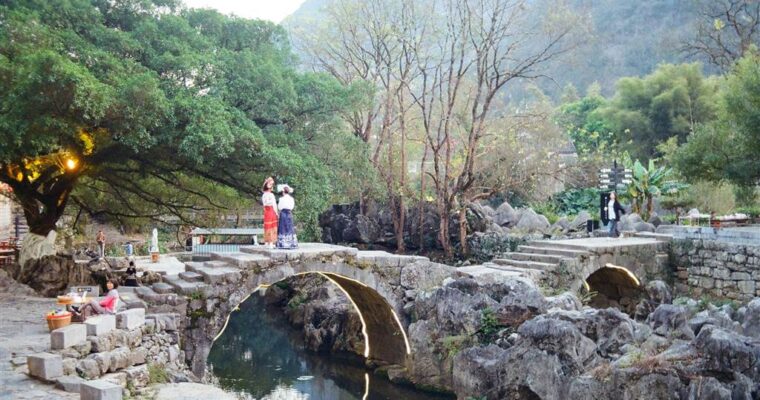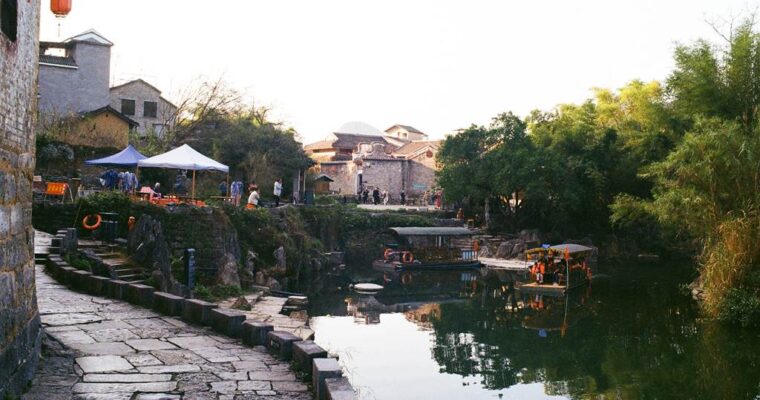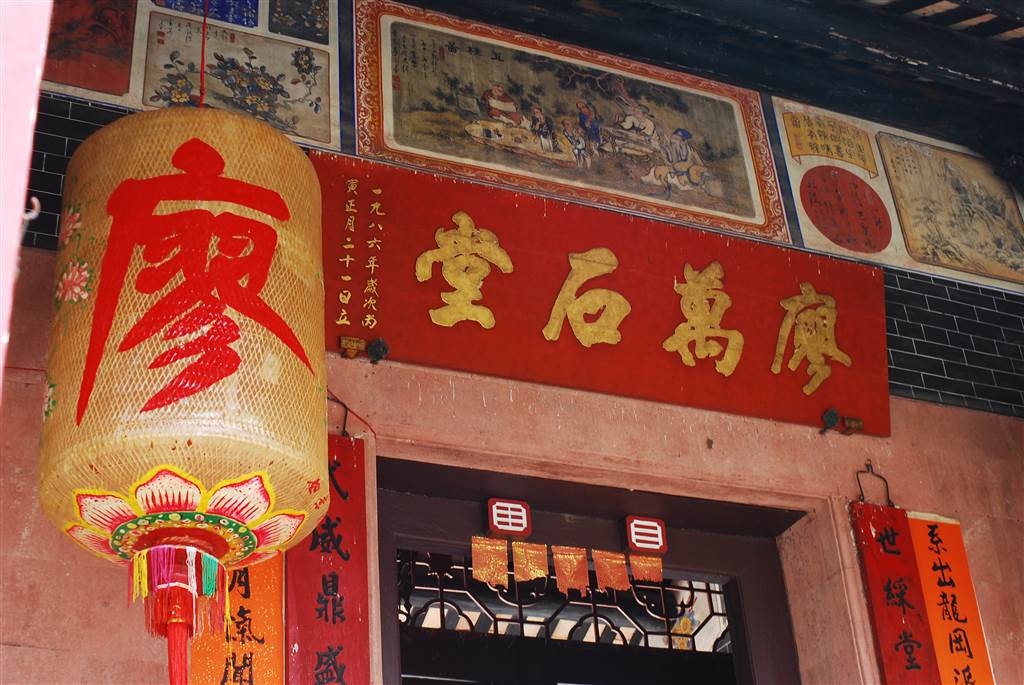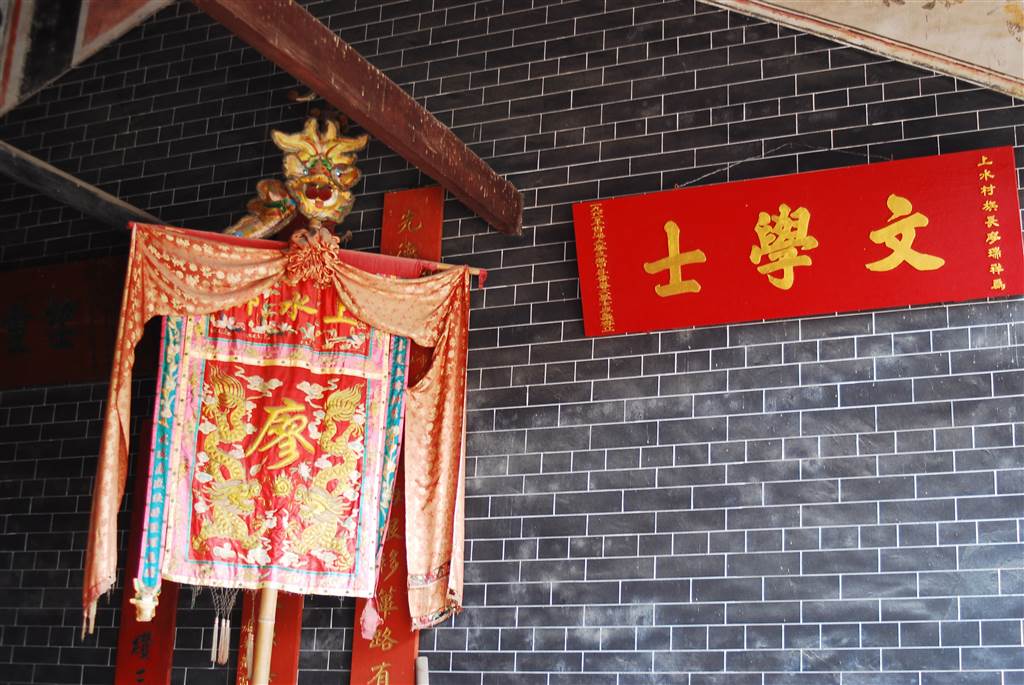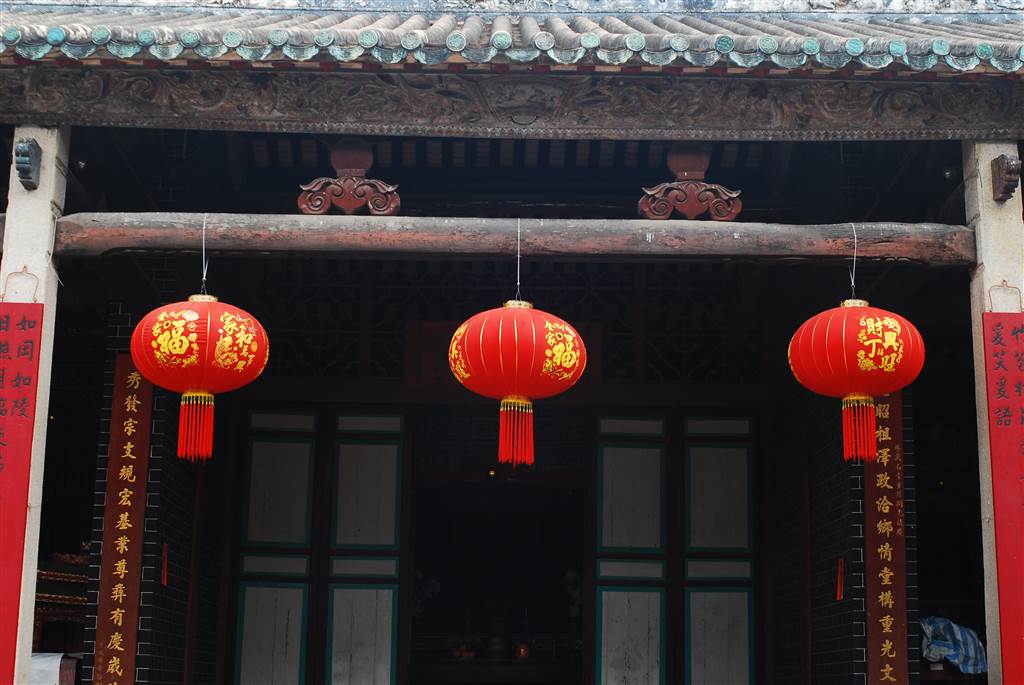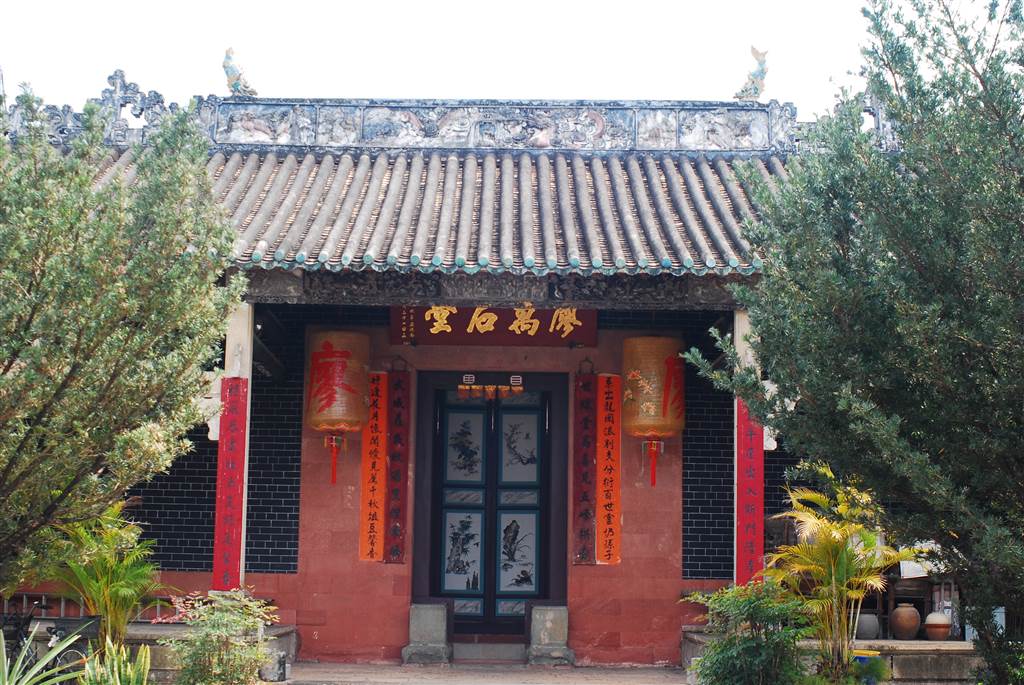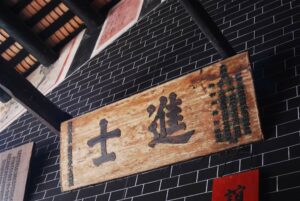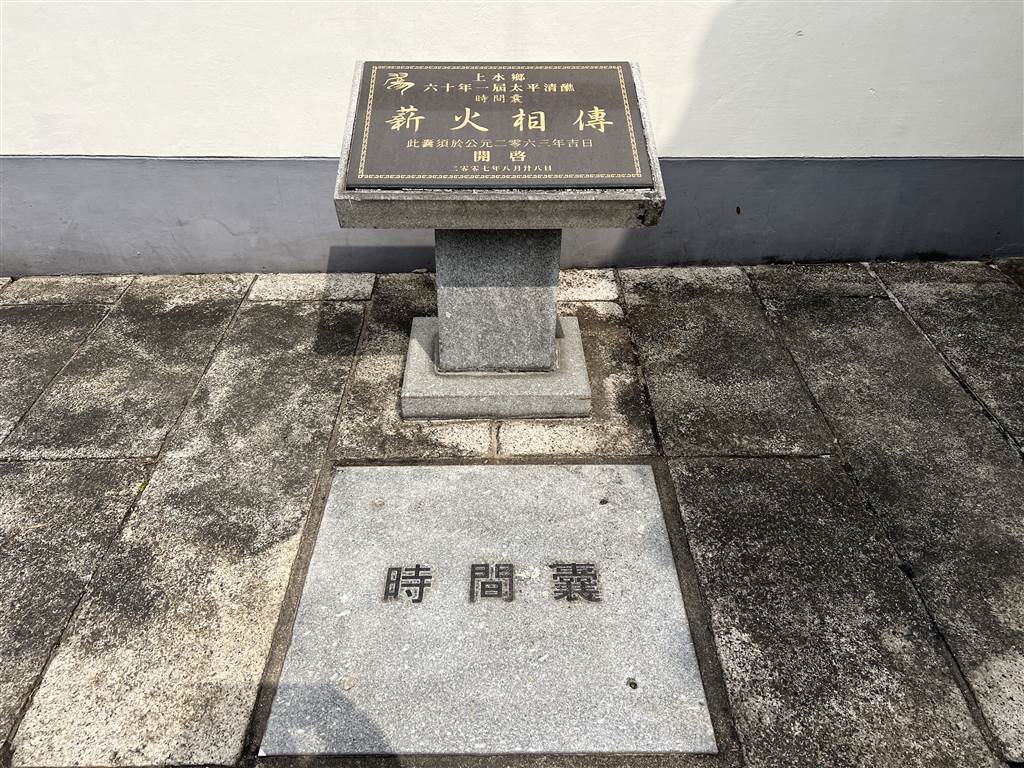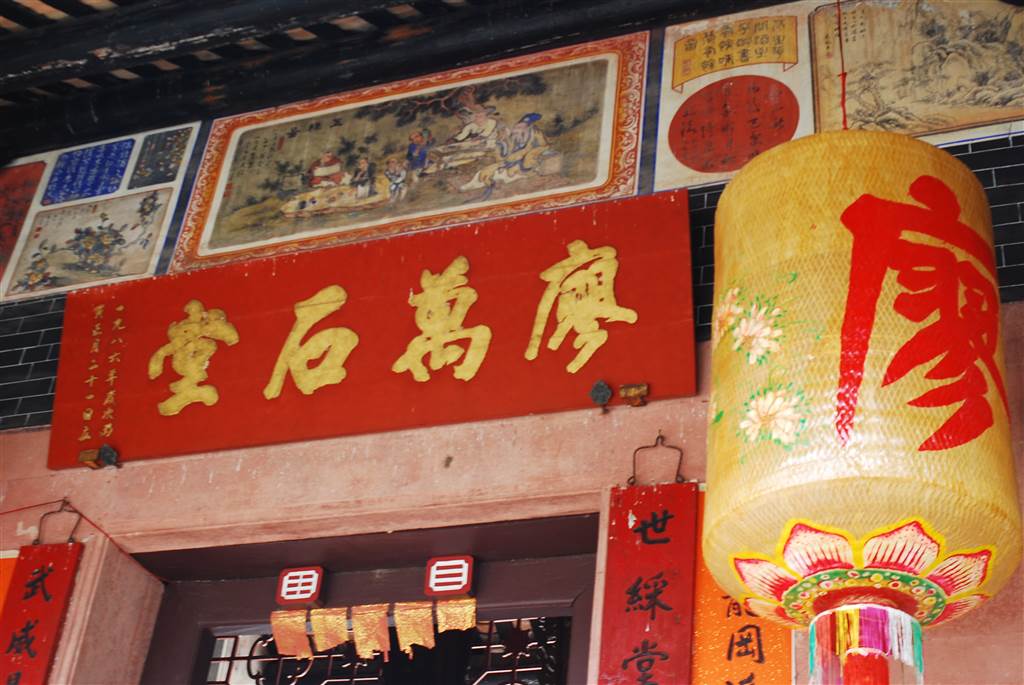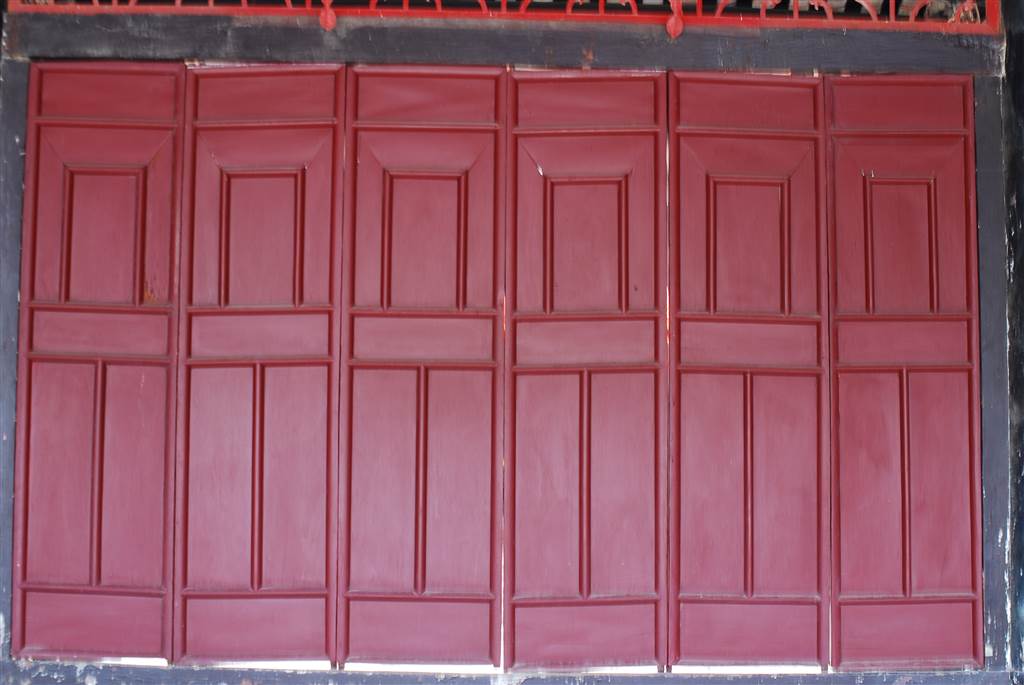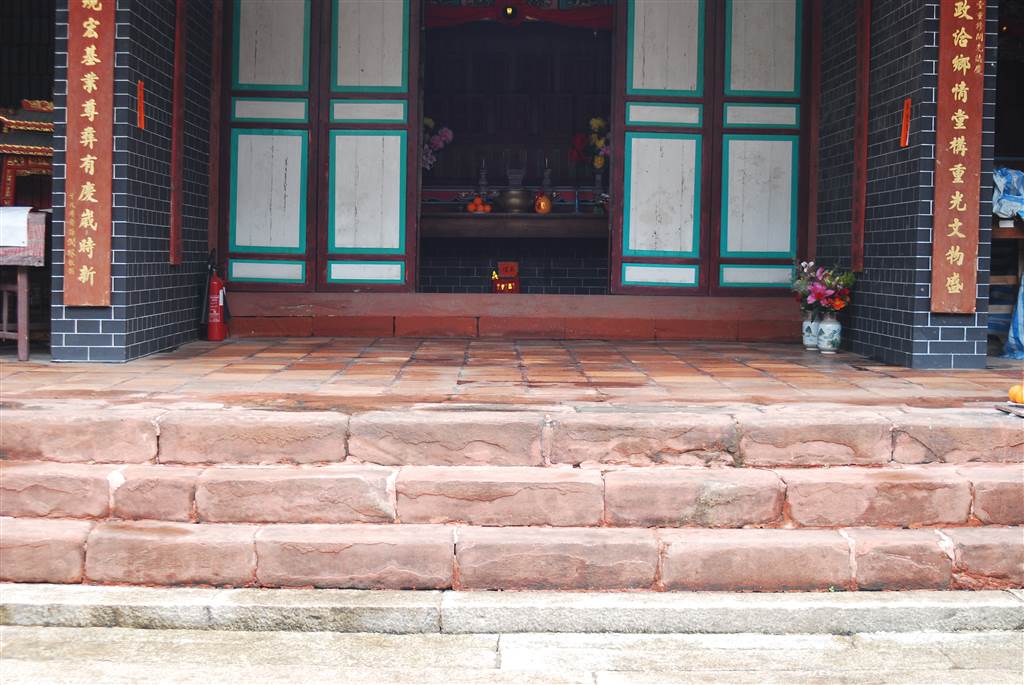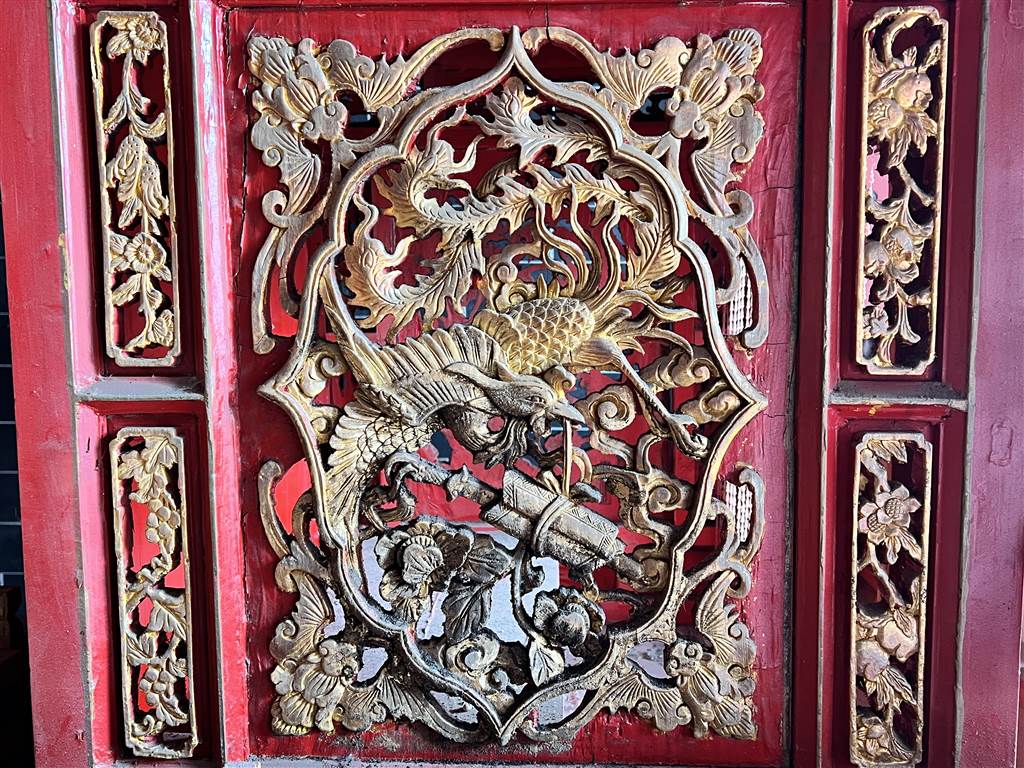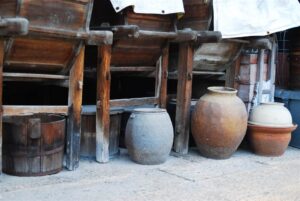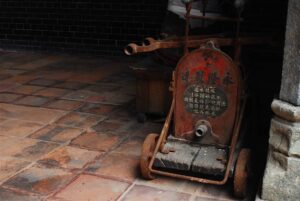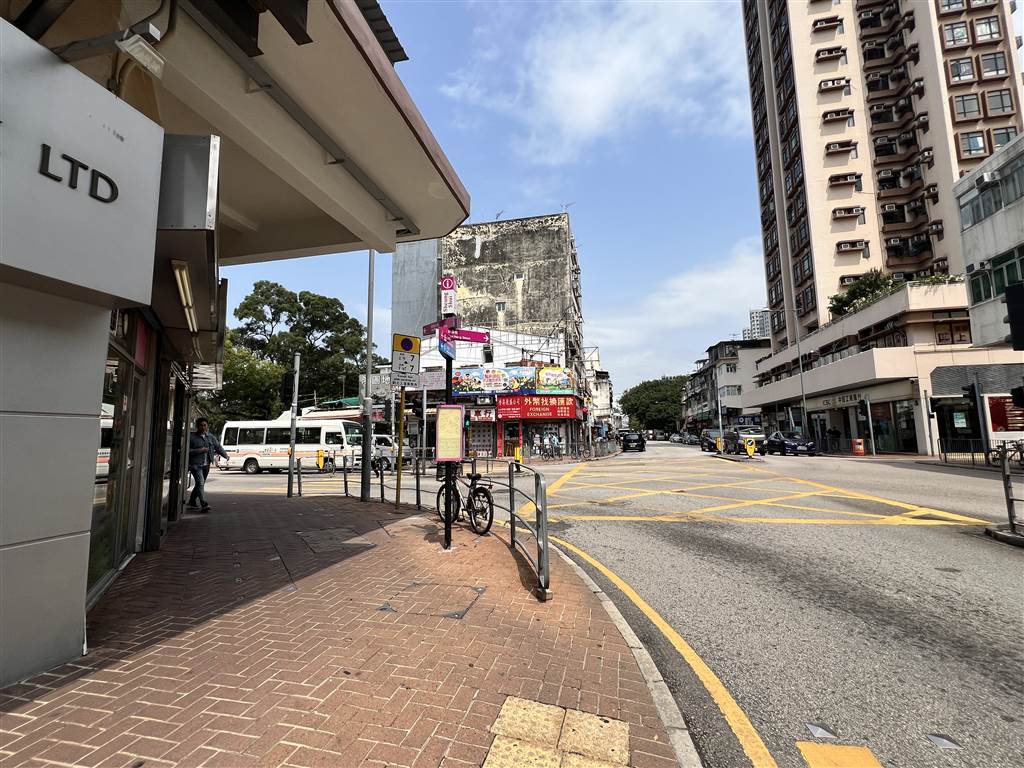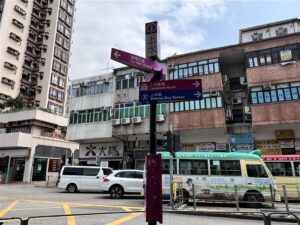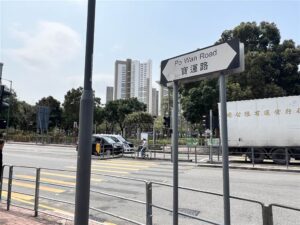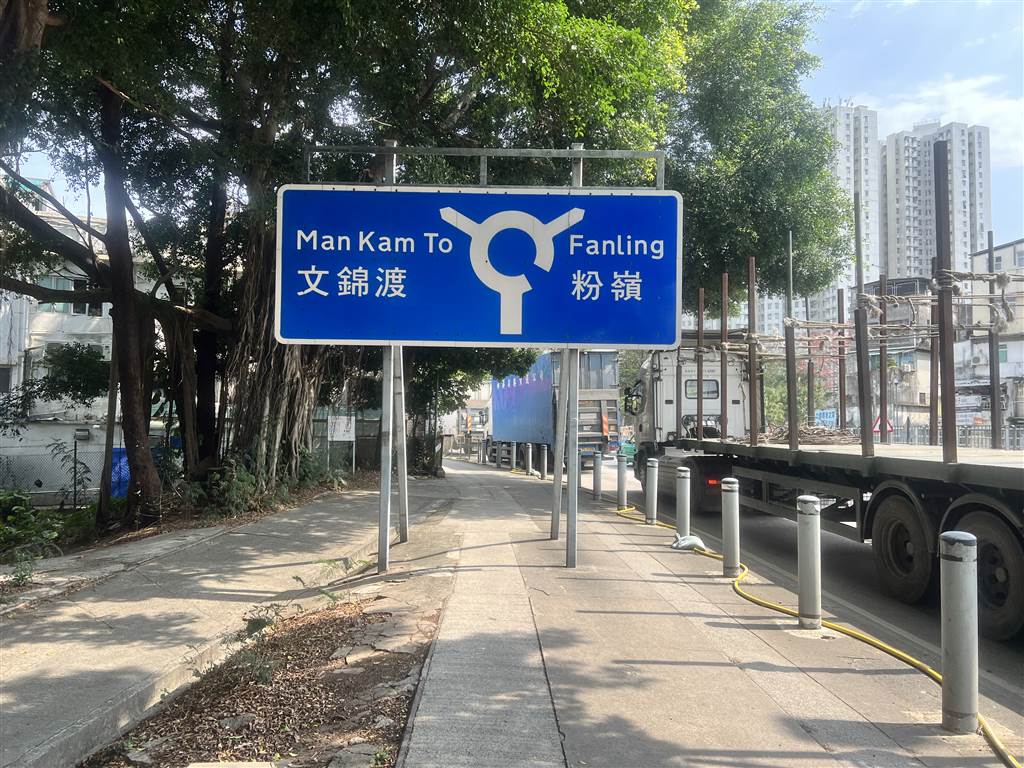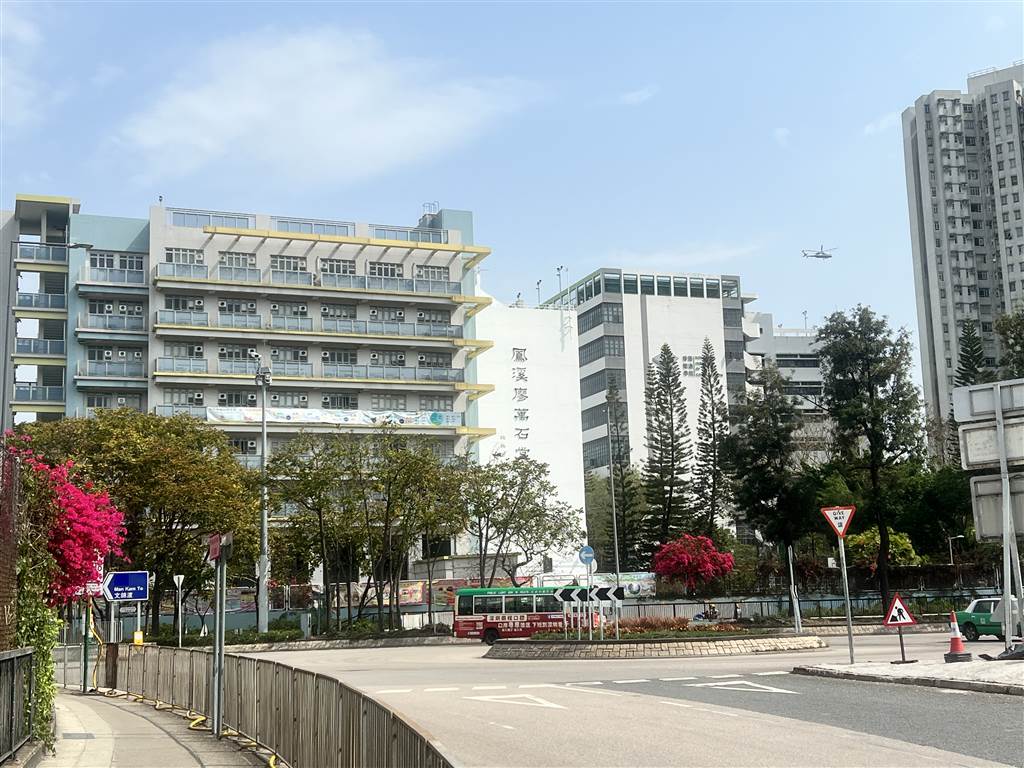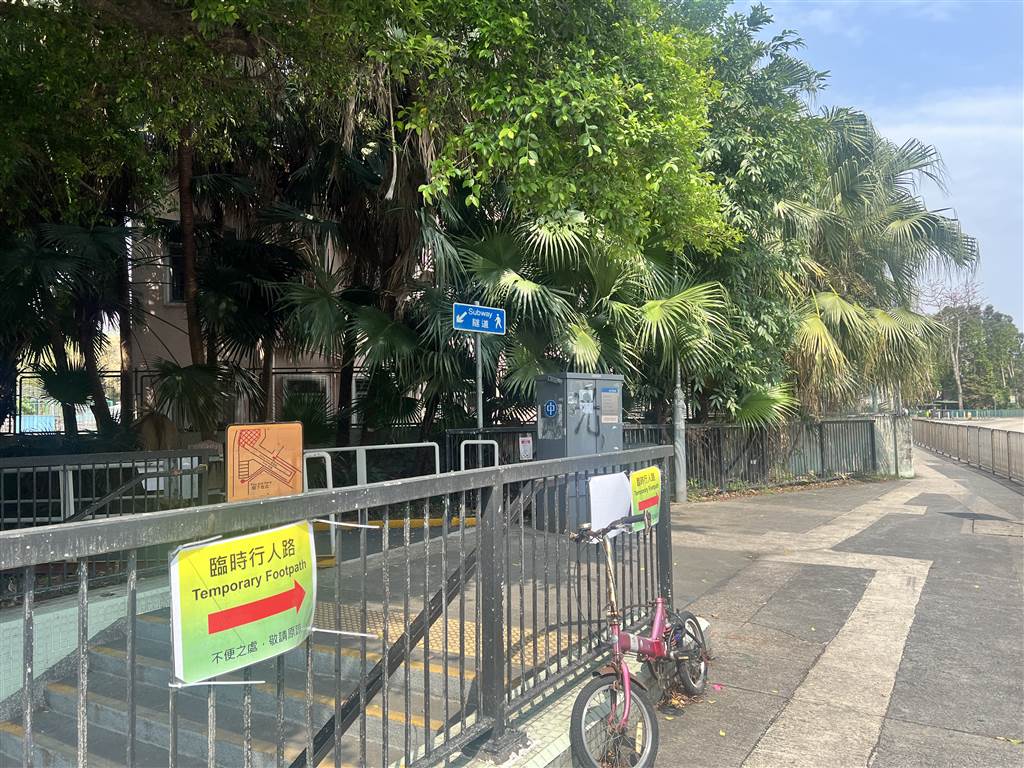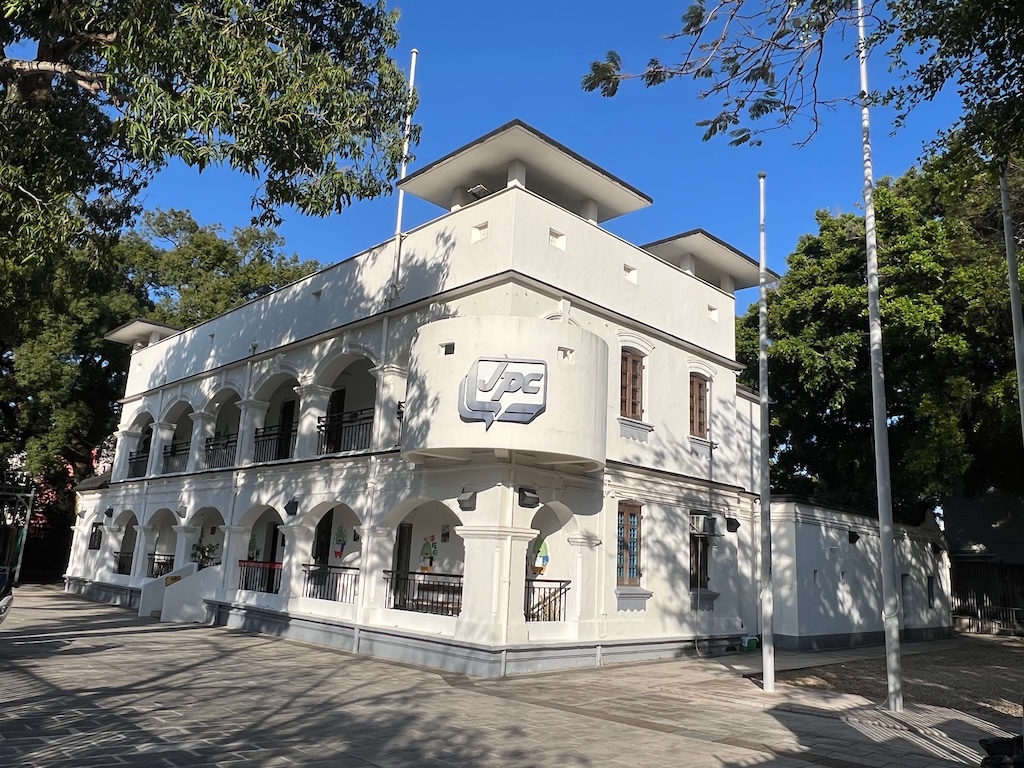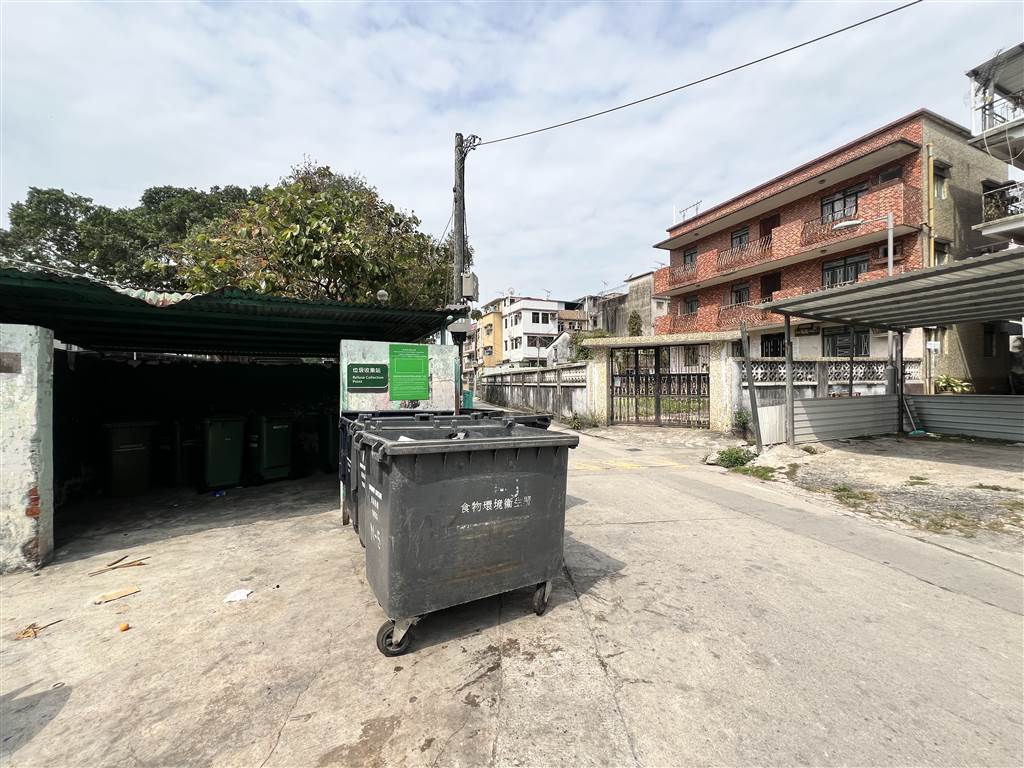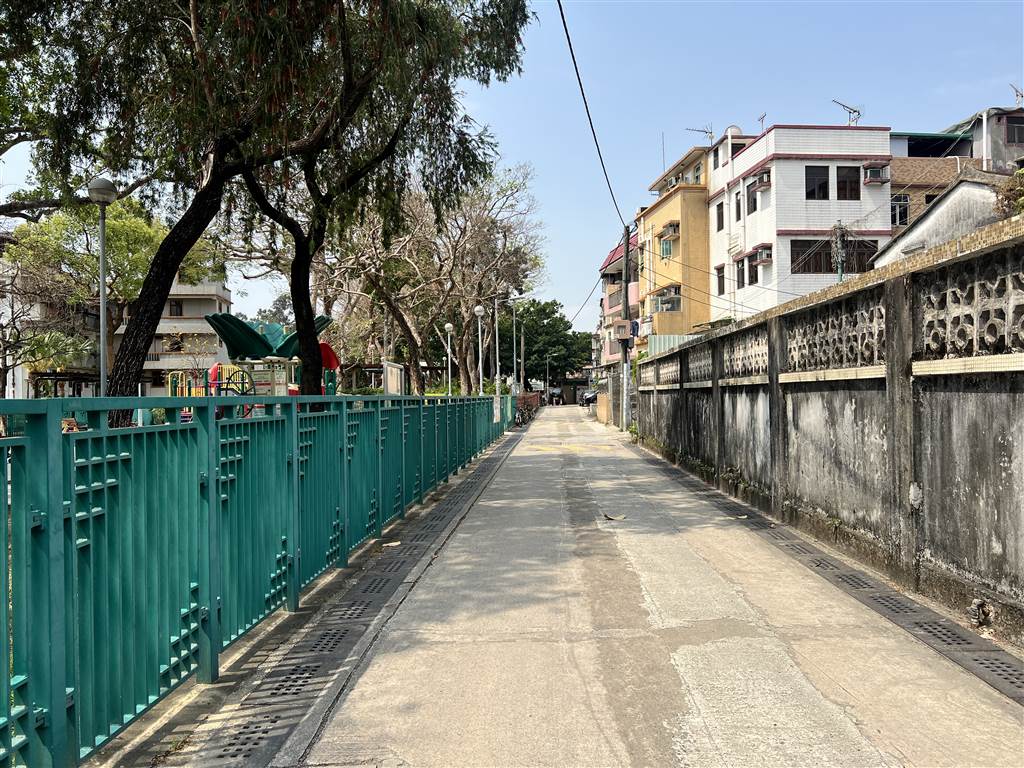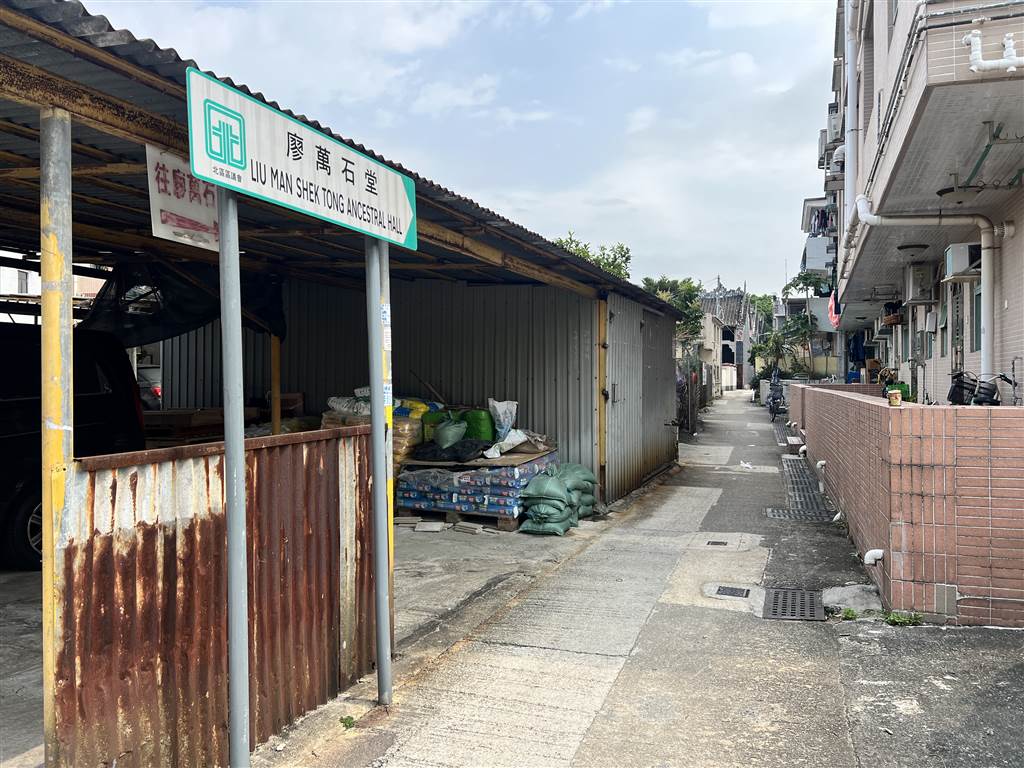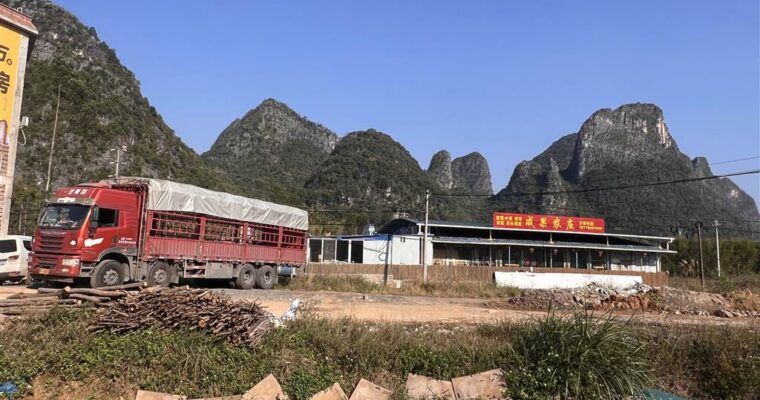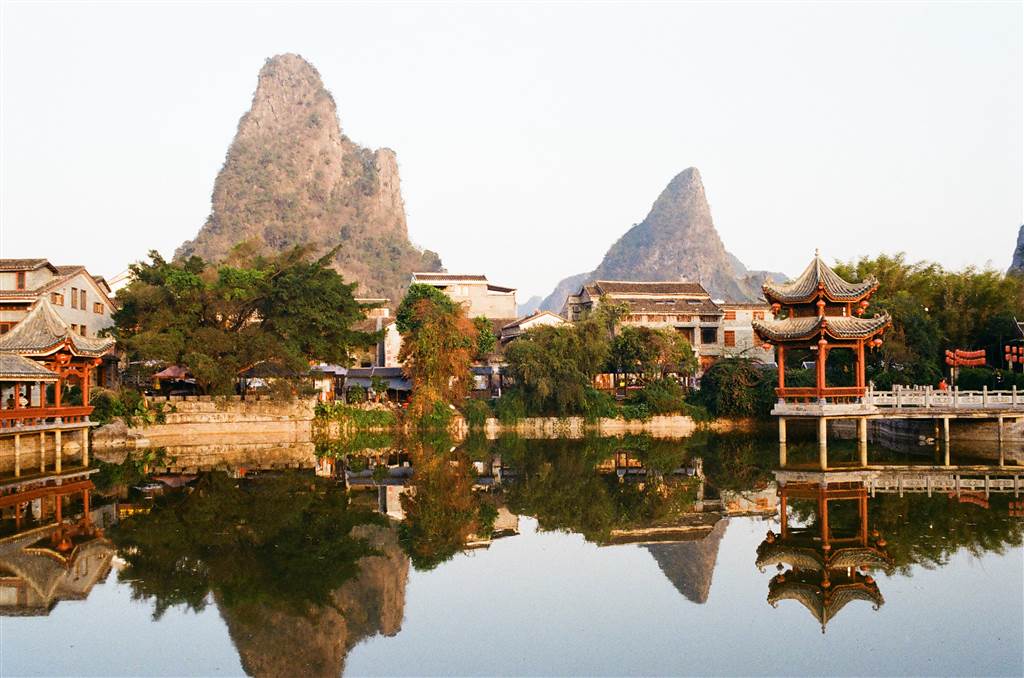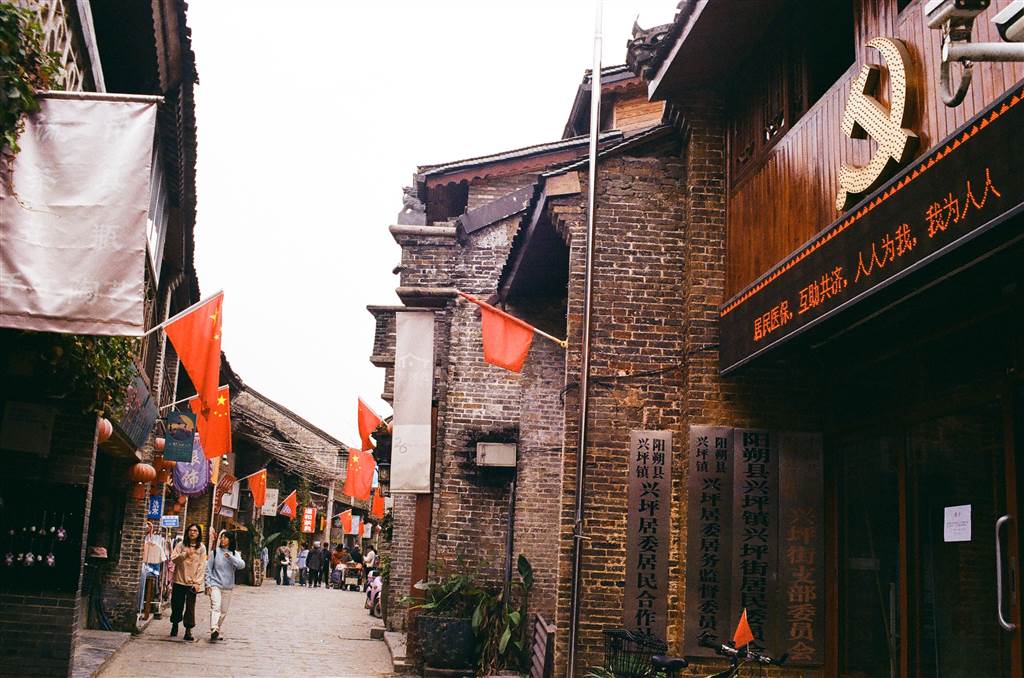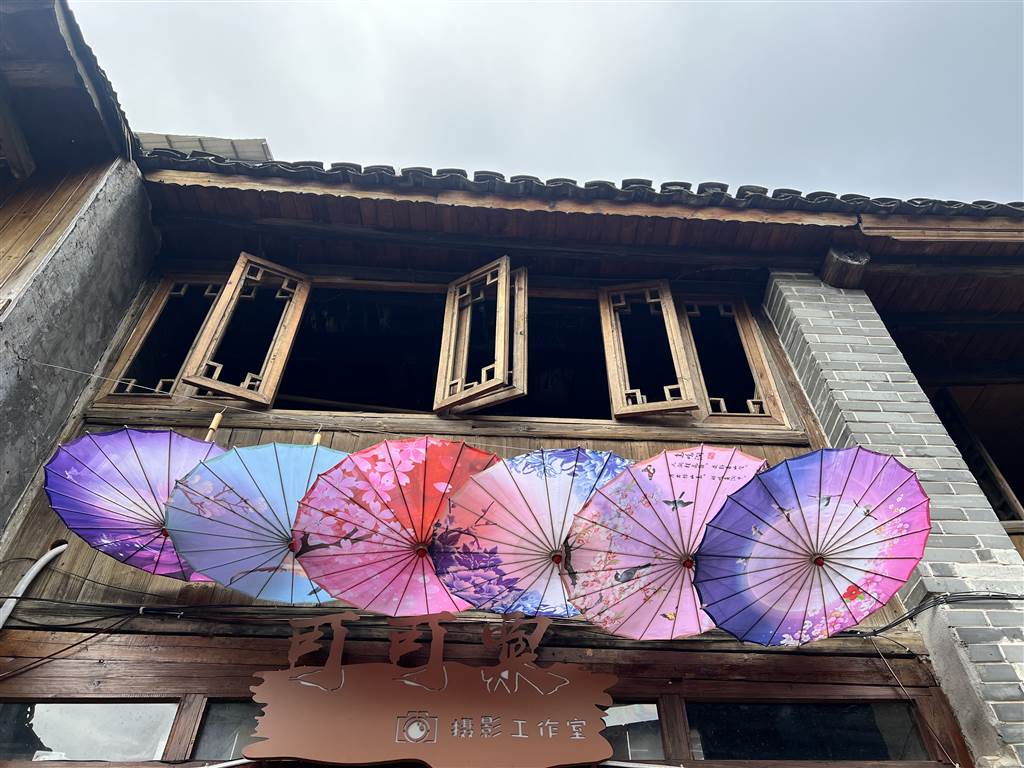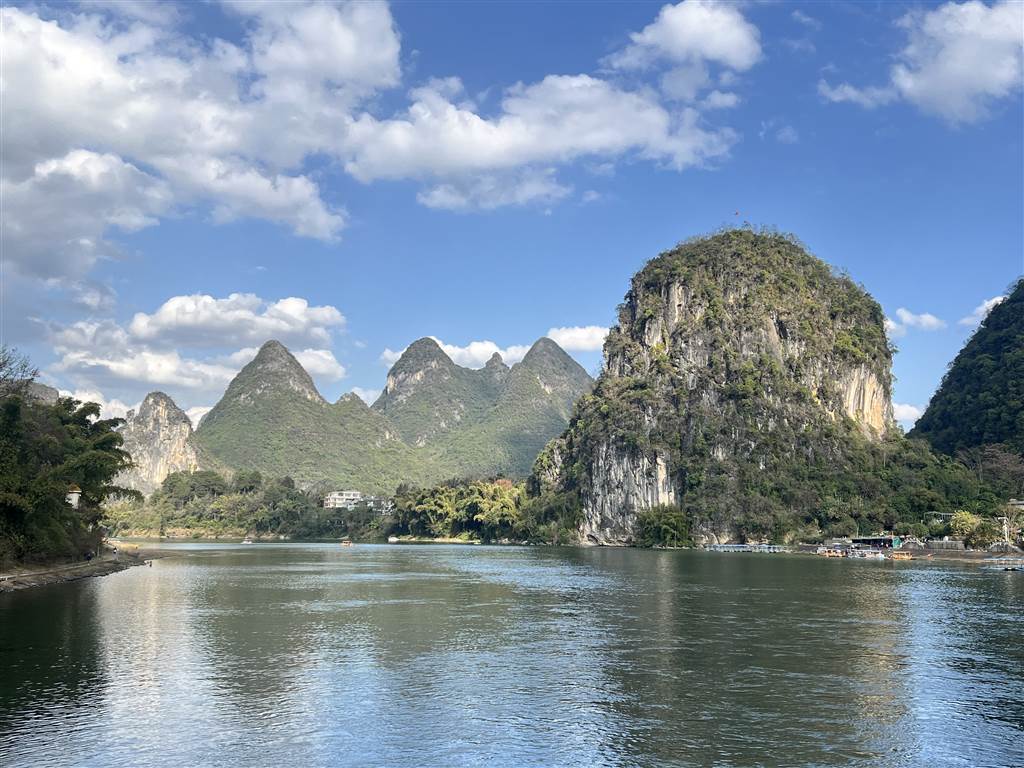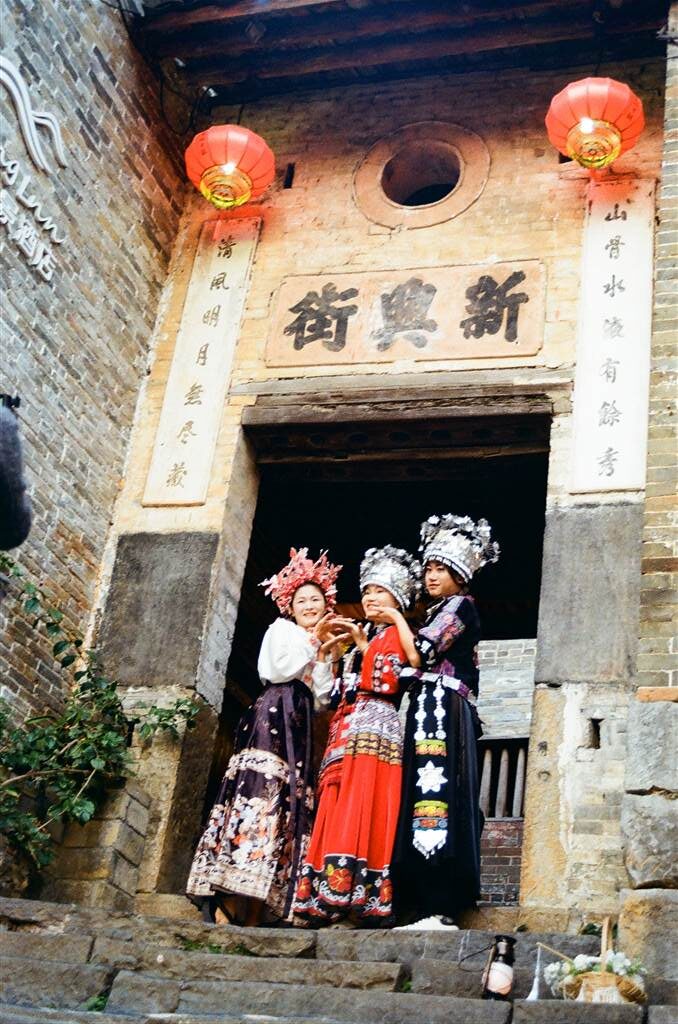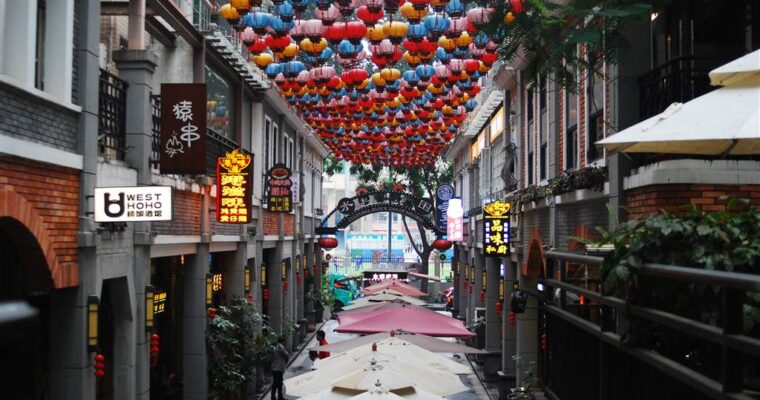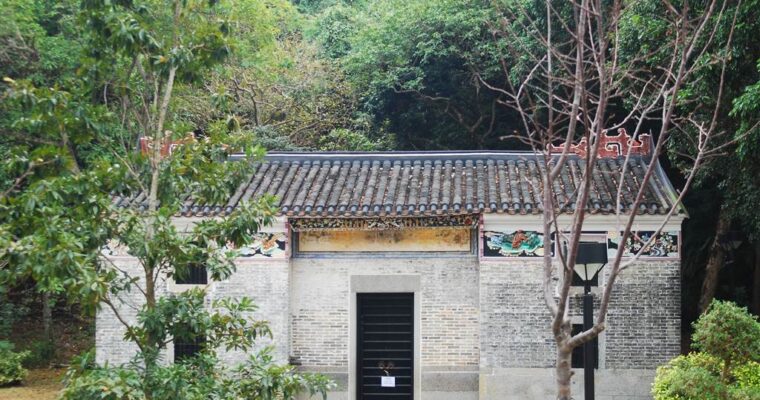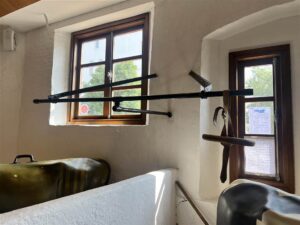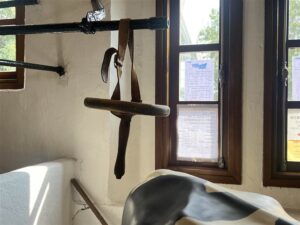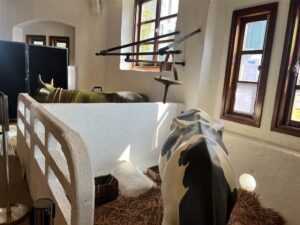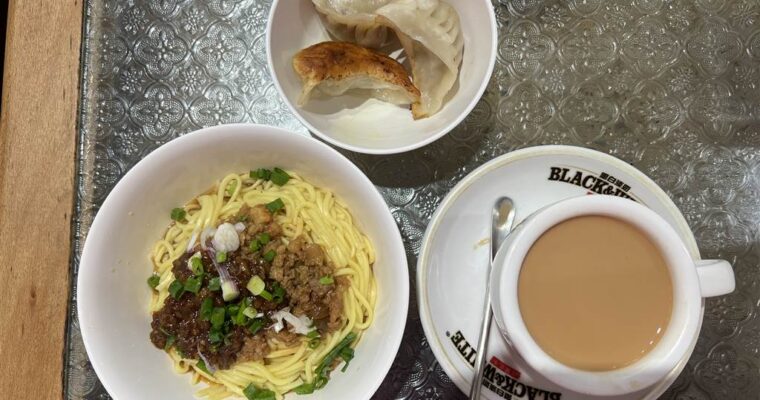The Béthanie is an antique building in Pok Fu Lam with beautiful 19th century neo-Gothic architecture. Built in 1875 by the Paris Foreign Missions Society (Missions Estrangères de Paris), its long history came with surprising turns that enabled the ultimate preservation and recognition of it as a heritage site. Right next door to the Béthanie is another heritage site, the Pokfulam Farm.
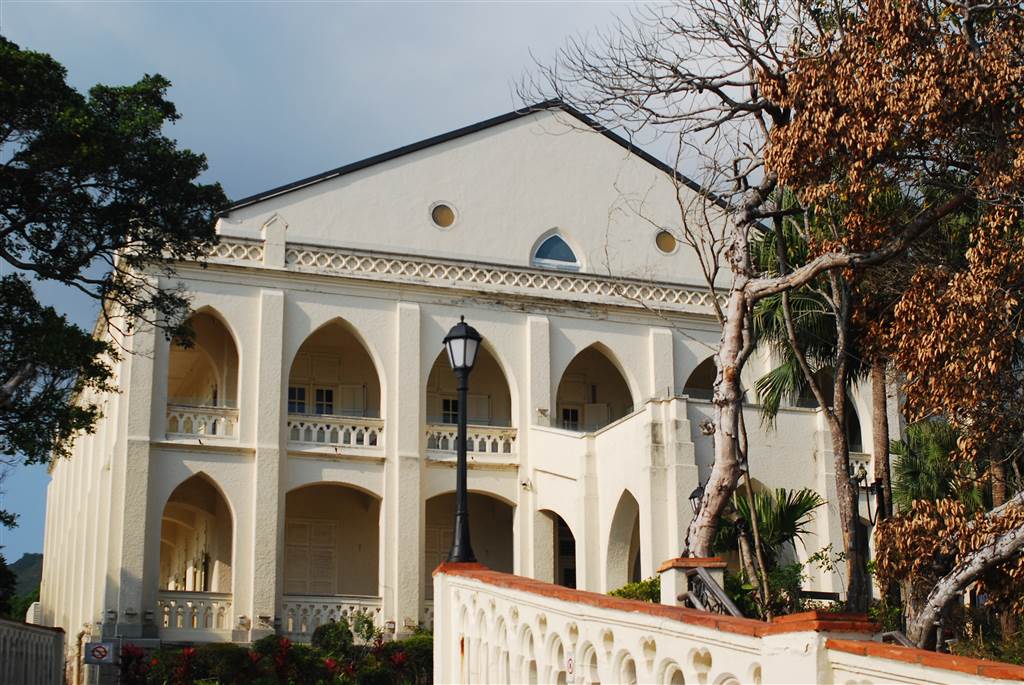
The Guided Tour of the Béthanie
On most days, it requires one joining a guided tour in order to visit the heritage buildings in the Béthanie. As the heritage campus for the Hong Kong Academy of Performing Arts (HKAPA) now, the Béthanie offers guided tours led by HKAPA staff, lasting 45 minutes to one hour. Tickets can be purchased at the HK Ticketing website for a total of $40, processing fee included. It is recommended that you book your ticket and tour session in advance.
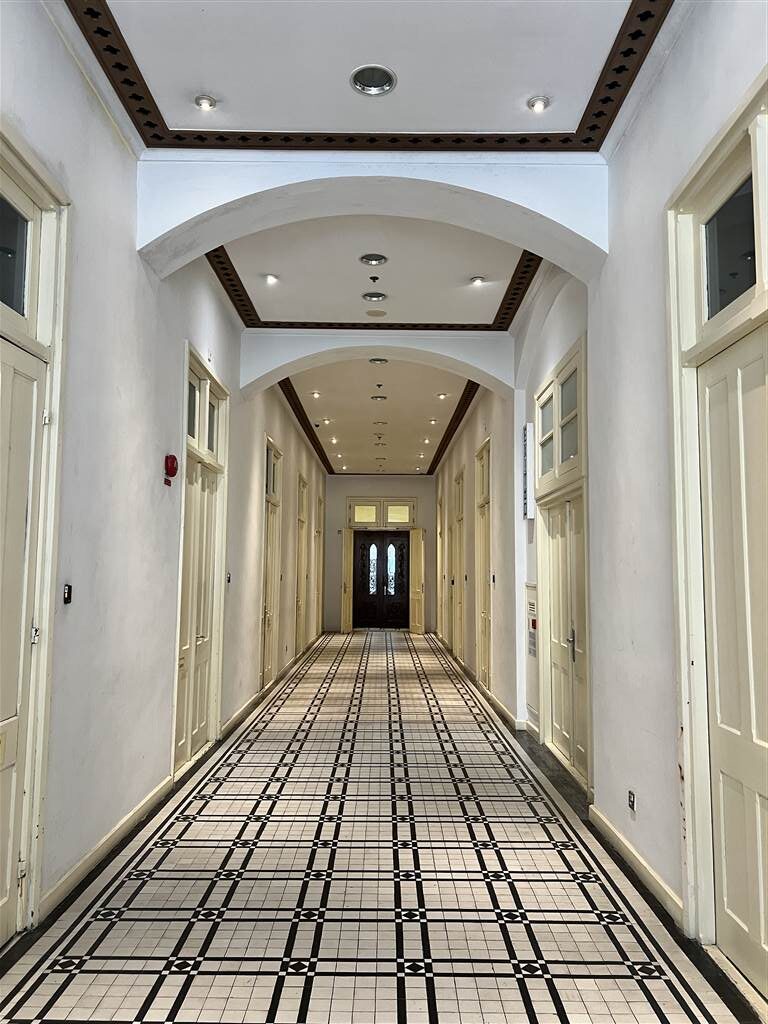
Photo: The Dorm Rooms are Closed from Public View, But They Come with Fireplaces Inside
The Béthanie is also open to the public on HKAPA open days, during which entrance is free. You must however check the HKAPA website for the announcement of this event. For 2024, the HKAPA Open Day took place on 3 March, 2024.
Both the Béthanie and the cowsheds of the Pokfulam Farm are now within the heritage campus of the HKAPA’s School of Film and Television. They are Declared Monuments.
The Béthanie is consisted of a few key sections. There is the dormitory for the missionaries, a chapel and a kitchen / wine cellar area in the basement, which now houses the museum. In the guided tour, we walked through the former Cowsheds, the chapel and the basement. The dormitories now serve as the storage and rooms for the HKAPA students’ props and equipment. Even on a tour, the dorm rooms remain closed, but they are open for public viewing during the HKAPA Open Day.
Do note that, on HKAPA’s Open Day, you may tour the site freely on your own but no guided tour will be provided.
As we began the tour at the now-HKAPA theatre, the guide told us first about the former Cowsheds of the Pokfulam Farm.
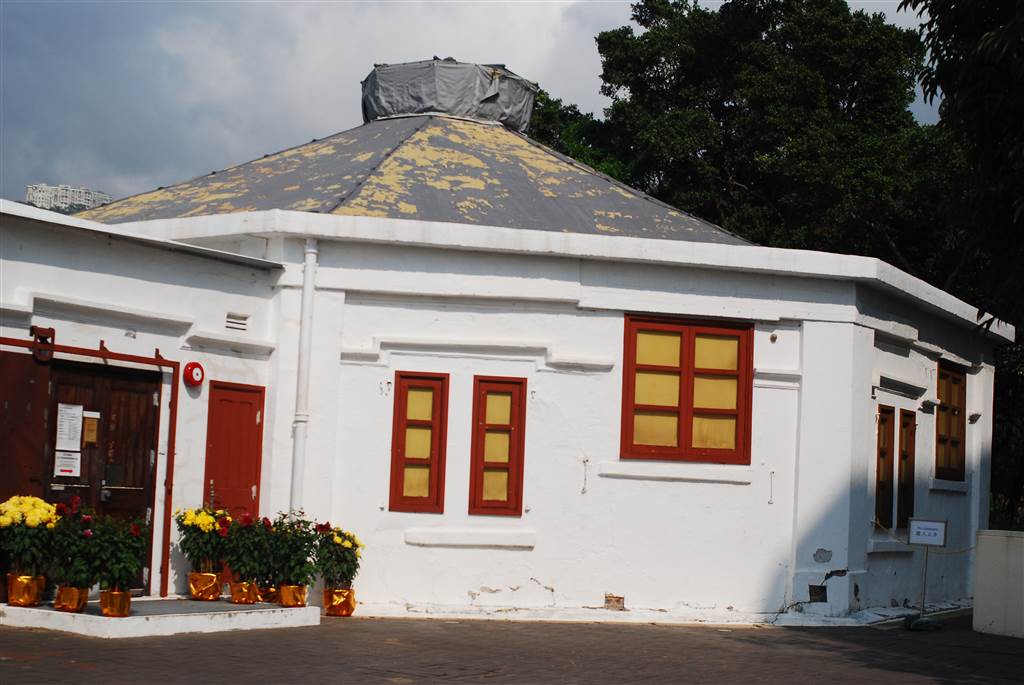
The Cowsheds of the Pokfulam Farm
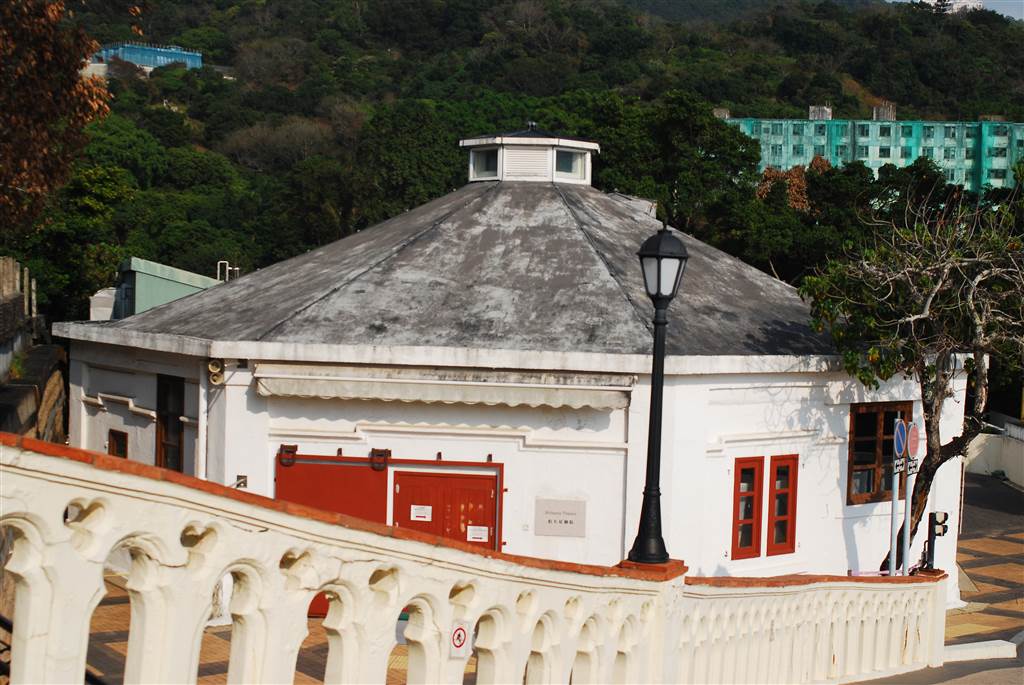
The former Cowsheds of the Pokfulam Farm now serve as the theatre for the HKAPA. The structure has stood the test of time since 1886. Originally, there were four octagonal cowsheds, two of which were demolished during 1940s.
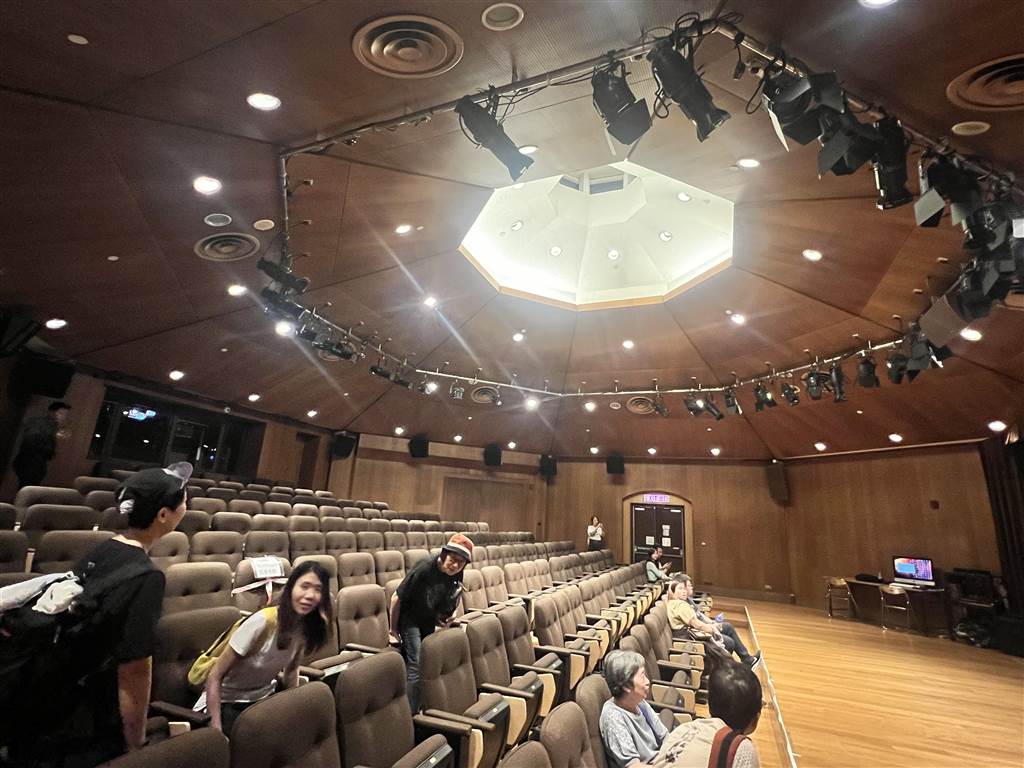
Built in grey and blue bricks, the octagonal cowsheds had stucco exteriors and plastered interiors. The roof was built with reinforced concrete, with air turrets at the top.
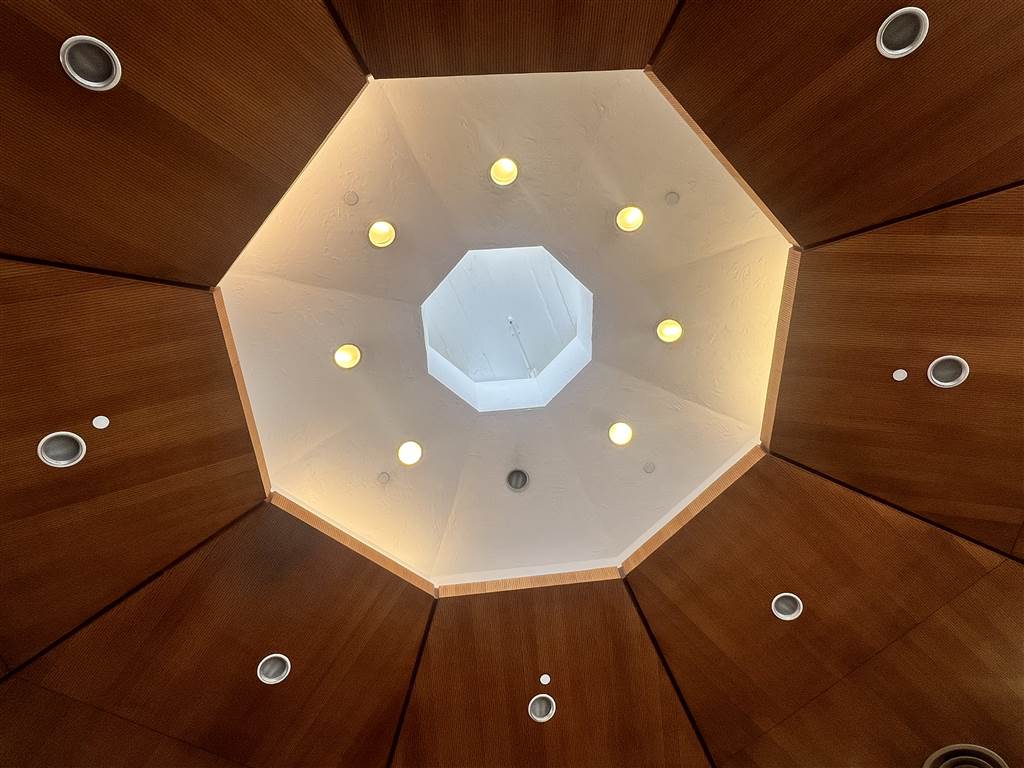
Photo: The Former Air Turret of the Cowshed is Now Fitted with Modern Features as the Theater for the HKAPA
The most unique feature of the former Cowsheds is their octagonal shape. As opposed to rectangular shaped cowsheds, the octagonal layout introduces greater air flow within the enclosure. At the time, milk cows from Europe needed the wind to survive the humidity and heat of Hong Kong. All the windows were bare and without glass fitting at first.
A metal rack, which is the original, has been preserved to show visitors what it was like to milk those European milk cows. The metal bar was a place to hold the one-legged stool, with which the workers milked the cow. The stool was tied to the bottom of the worker.
The History of Béthanie
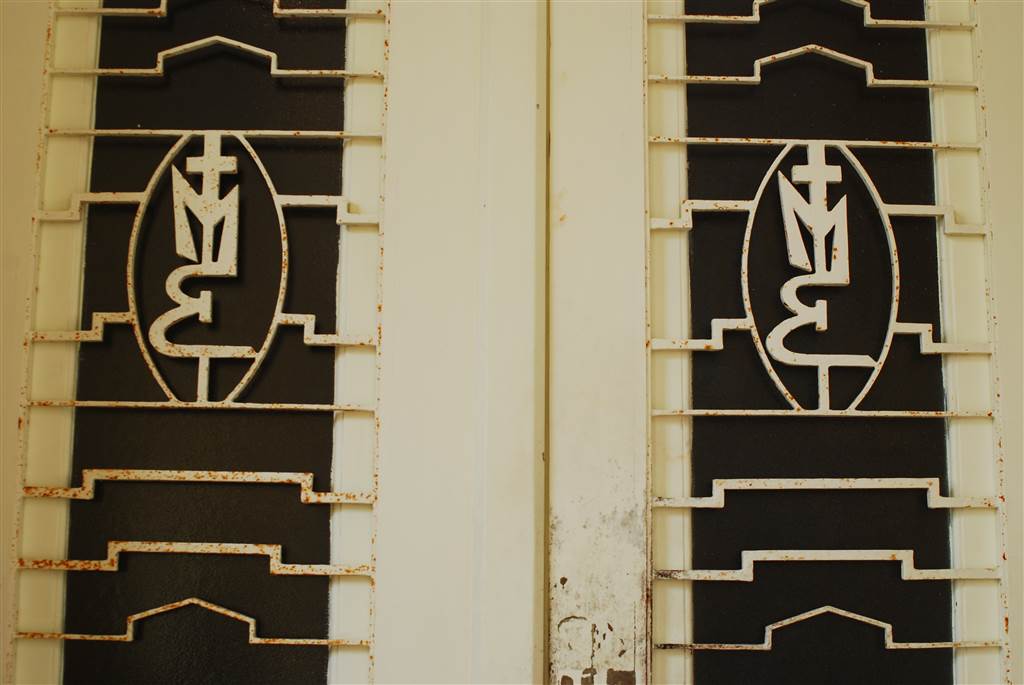
The Béthanie was built by the Missions Estrangères de Paris (ME) as a sanatorium for the missionaries in the French mission society’s Southeast Asian outposts. Between 1875 and 1974, missionaries of the ME came to Béthanie from all over Asia to recover from tropical diseases.
The priests put significant effort into creating an environment of healing. It was the fathers of the ME at the Béthanie that discovered the bauhinia in 1880 and transplanted them to the garden here. They also gave away some of the saplings to the Hong Kong Botanical Gardens. In 1908, the bauhinia was officially identified as a new species.
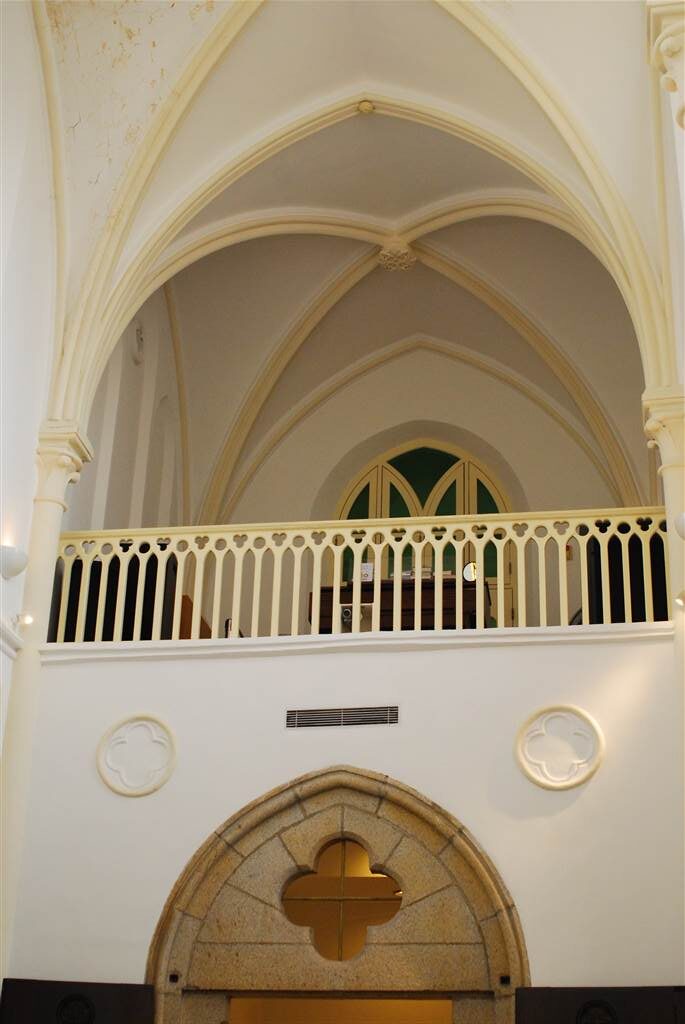
For almost a century, the Béthanie had nursed many missionaries and priests back to health, and there were times when the dormitories became overcrowded. As such, the fathers had expanded the sanatorium to accommodate the missionaries in need.
The early missionaries also used this site to develop a successful printing press as part of their work. The Nazareth was established at another ME building across Pok Fu Lam Road in 1894. This building would eventually become the University House of the University of Hong Kong, also a Declared Monument now.
In 1974, the ME sold the land to Hongkong Land, but in 1975, the property developer sought a land exchange agreement with the Hong Kong Government because this land would have been too difficult to redevelop. The Hong Kong Government took over the land and the heritage building, which was subject to a demolition order. The Béthanie was saved when in 1981 it was declared a Grade 2 Historic Building.
Between 1978 and 1997, the University of Hong Kong used the Béthanie for various purposes, including storage and temporary housing for students, but due to neglect, the building became dilapidated. Eventually, the Hong Kong Government commissioned an architectural study in restoring the Béthanie. It was only in 2003 that the Legislative Council approved funds for the HKAPA to restore the Béthanie, which would become a heritage campus of the HKAPA.
The Architecture of Béthanie
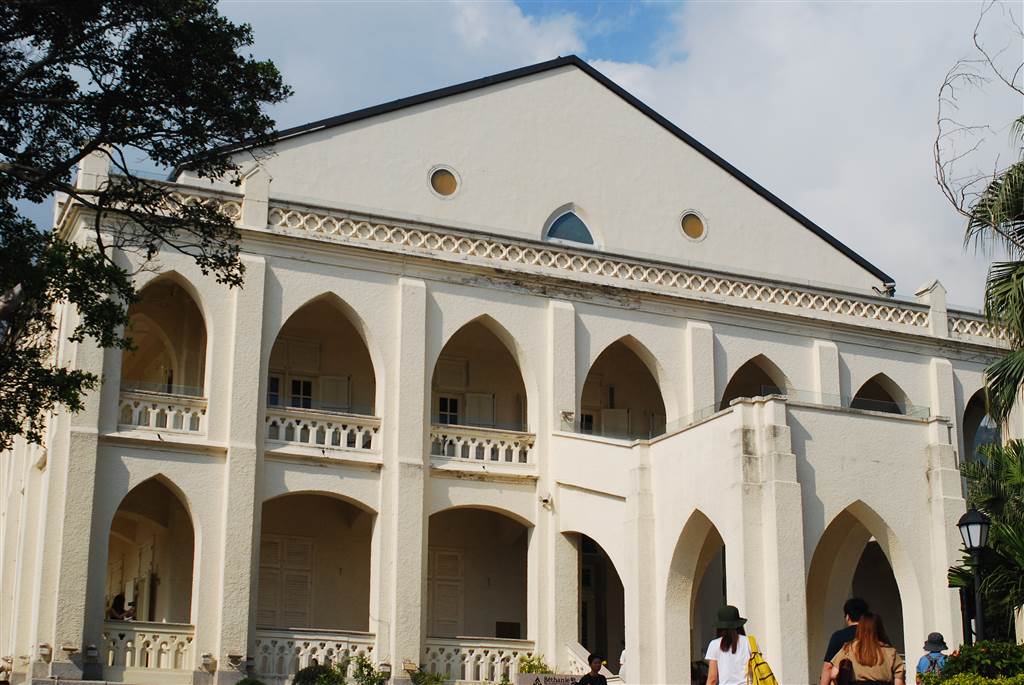
Even with just a cursory look at the Béthanie on Pok Fu Lam Road, one will be in awe of the unique architecture and the history that breathes through it. It was built in the neo-Gothic architectural style. The most expressive features of neo-Gothic architecture at the Béthanie are the many vaulted arches throughout the building’s veranda and interiors. The lancet windows of the chapel are also typical of neo-Gothic architecture.
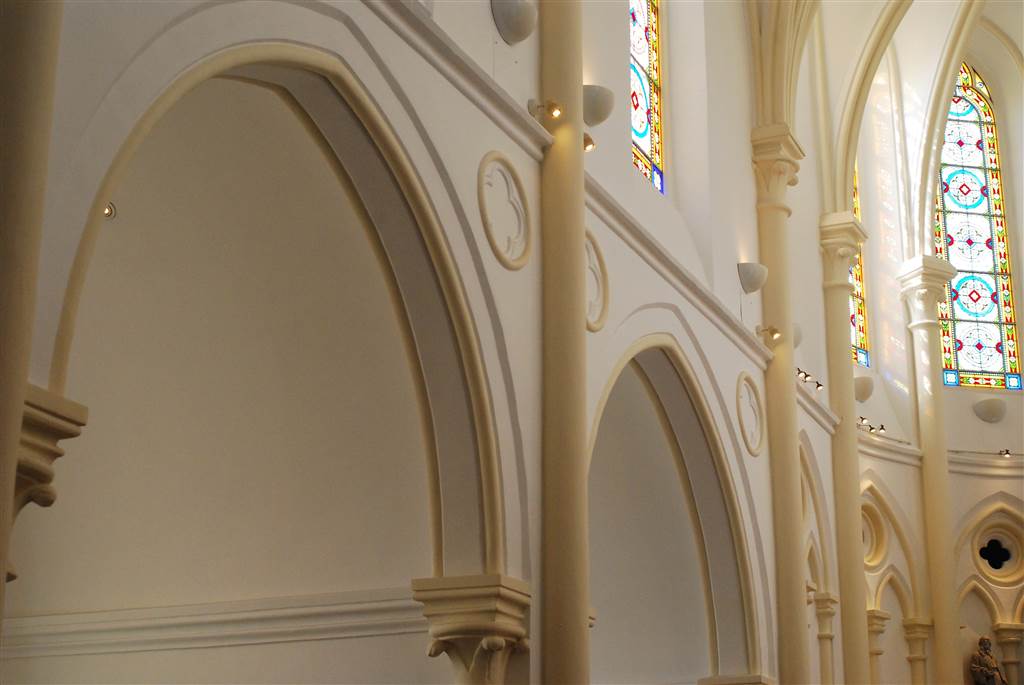
I daresay most visitors would find the chapel to be the most breathtaking part of the Béthanie. The proper name for the chapel of the Béthanie is George C. Tso Memorial Chapel.
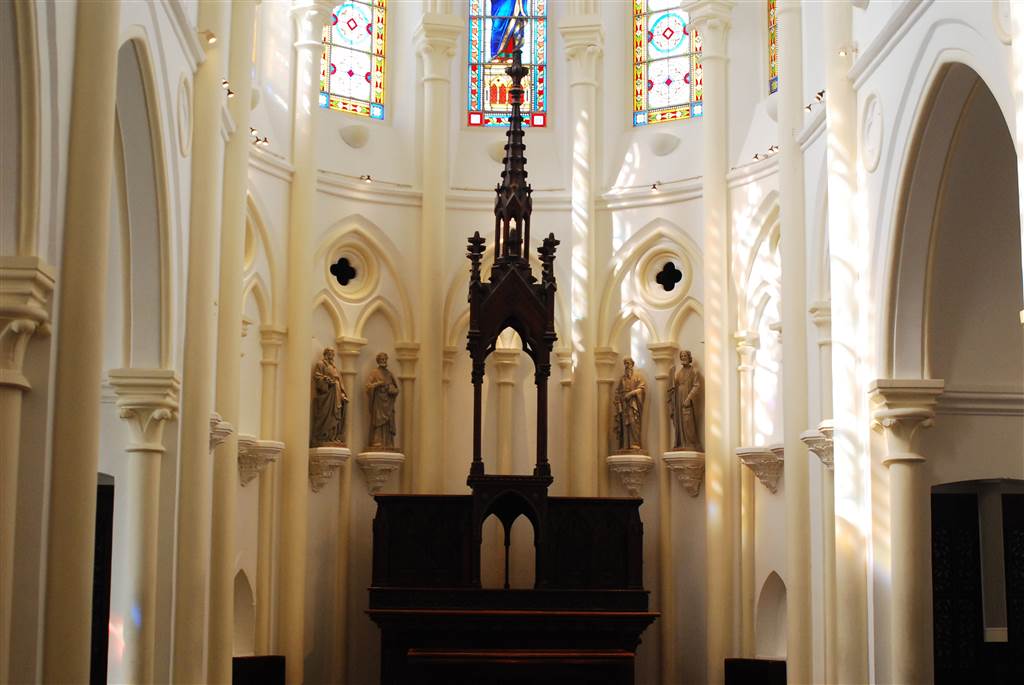
When EM sold the land to Hongkong Land, the fathers decided to give away anything removable and valuable at the building. The Catholics came and took away with them many significant artworks, including the stained glass windows, the altar, large wooden panel doors, the pews and the statues of the 12 Apostles behind the altar.
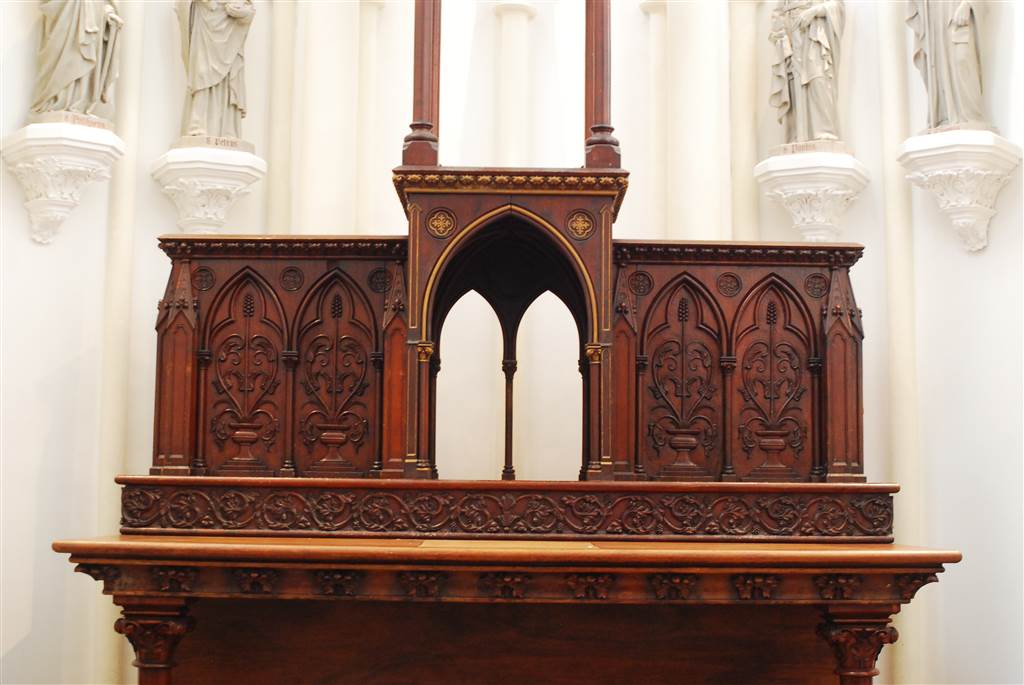
In restoring the chapel, the HKAPA had to extend significant effort to find the pieces. It engaged a history professor to locate all the sources that contained descriptions of the Béthanie’s original appearance and blueprints.
A few of the recipients of the original Béthanie’s artworks were known, including the original altar that was found in the Annunciation Church in Tsuen Wan and the wooden panel doors that were moved to the French Mission House on Mount Kellet Road. The rest was not so easy to find.
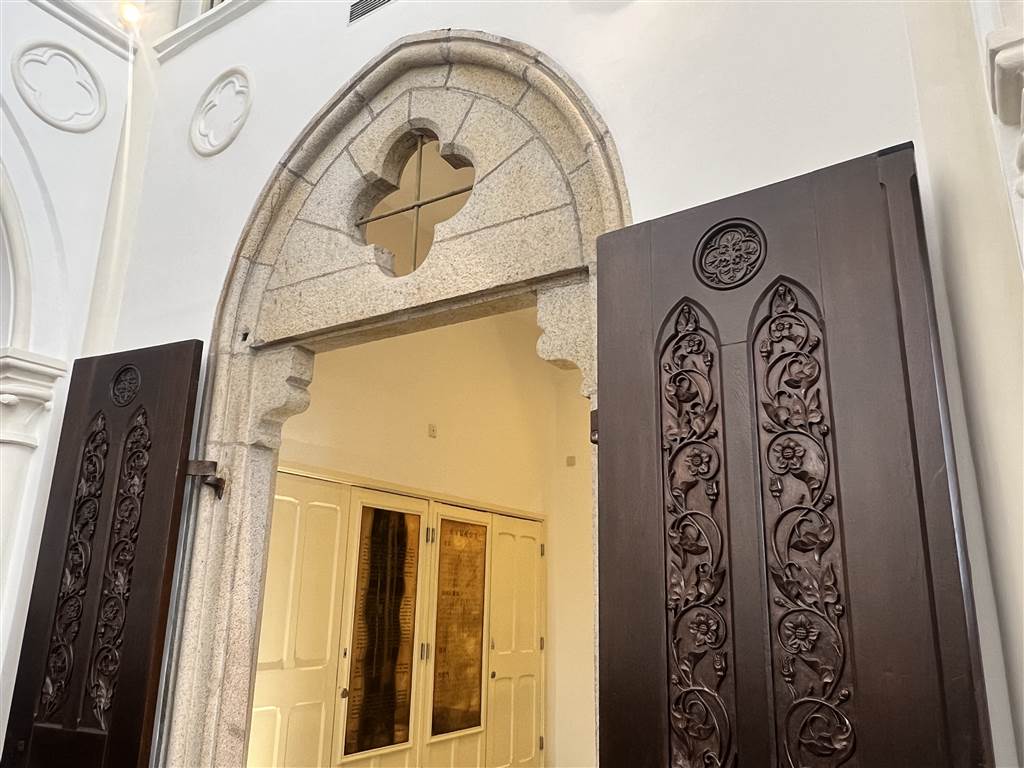
The stained glass windows are themselves works of art. The original windows were specially made in France with exceptional craftsmanship. It is indeed God’s blessing that, by tapping its extensive network, the Hong Kong Catholic Diocese was able to locate nine out of the nineteen the original stained glass windows. As such, enormous replacements costs were saved. In the current chapel, all of the windows that show figures of Jesus Christ and the saints were originals.
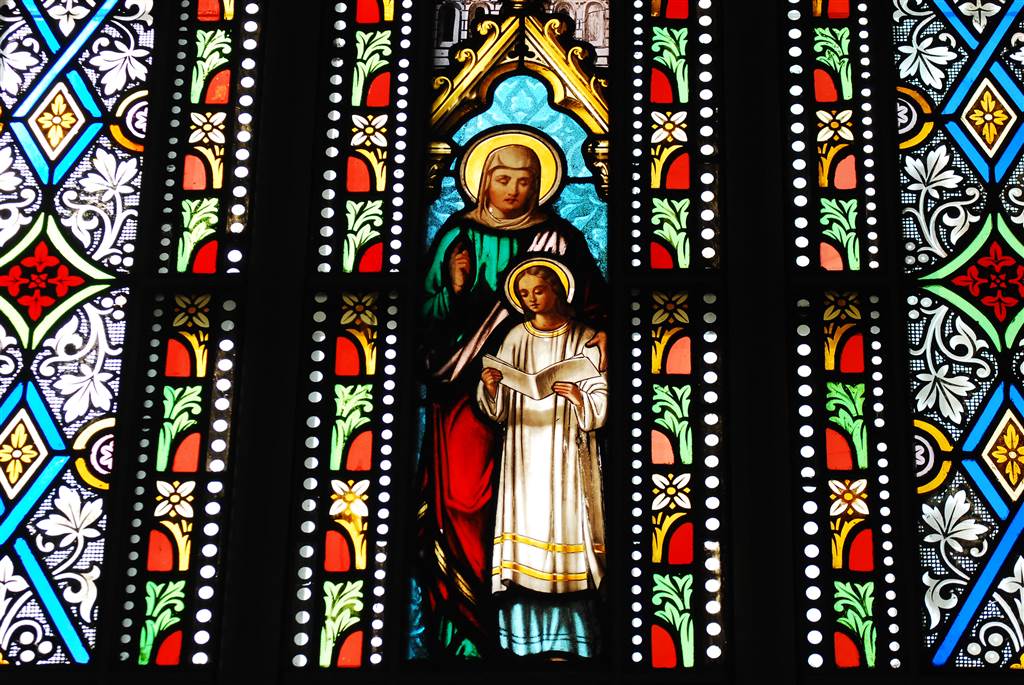
The ones that show only patterns were mostly replicas. The HKAPA contacted craftsmen in the Philippines to replicate the stained glass windows, and each cost $100,000 to $200,000 to make (in 2005 terms).
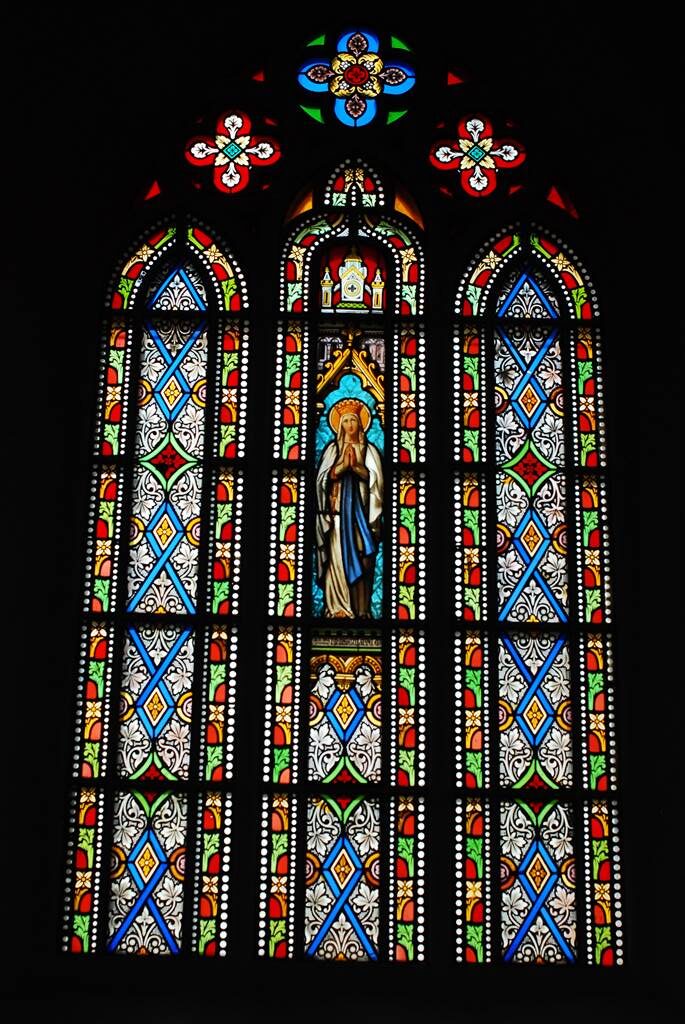
It is through the dedicated efforts of many people that the heritage could regain its original glory.
The Béthanie Today
The Béthanie’s beautiful chapel and surrounding makes it a perfect venue for weddings. From its architecture to its historical stature, every aspect of the Béthanie meets a young woman’s dream of a classic storybook wedding.
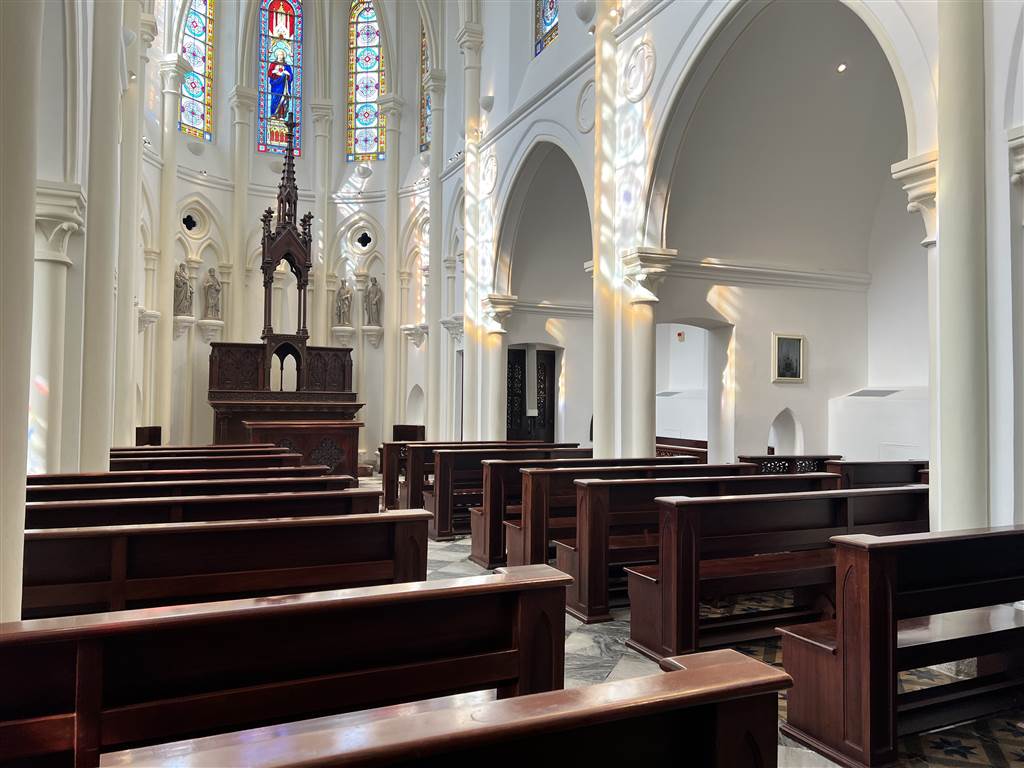
It should be noted that, beyond the initial approval of funding, the Hong Kong Government does not provide the HKAPA with any regular funding for the continuous maintenance of the heritage site. Besides the enormous costs involved with the initial restoration, the ongoing maintenance of a heritage site is also very costly. The HKAPA supports this expense by renting out the venue to the public, mostly as a venue for weddings.
Because the HKAPA has an agreement with the Hong Kong Government that it must maintain a principle of non-discrimination when it rents out the venue to the public, there is no requirement that those who decide to wed in the George C. Tso Memorial Chapel to be Christians. Very few churches in Hong Kong open their doors for weddings between non-Christians.
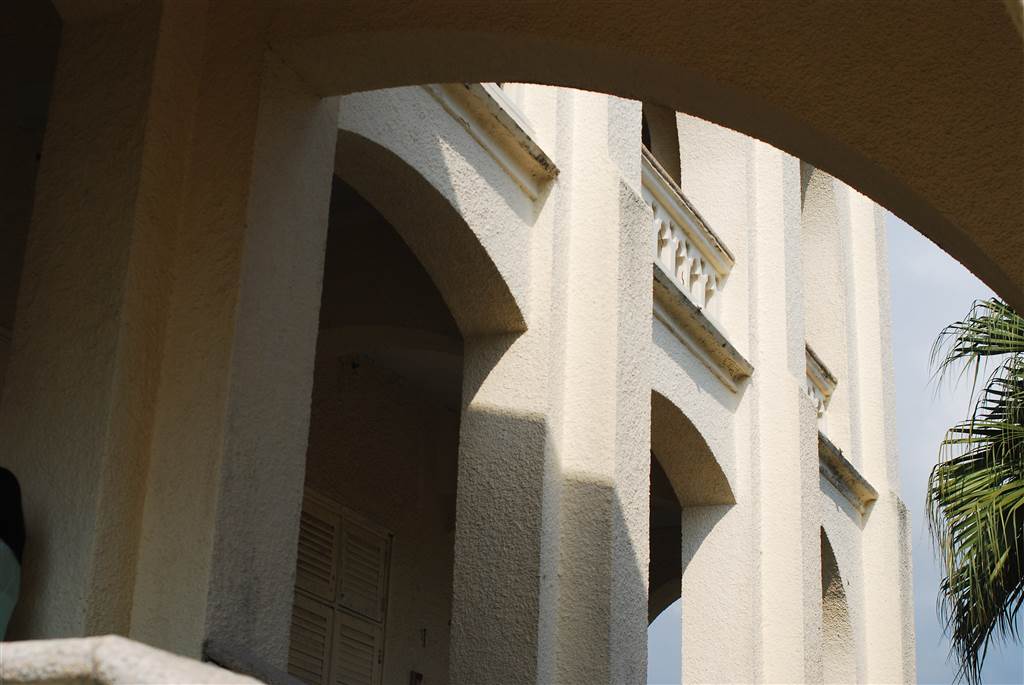
The chapel does also host Sunday services currently by the Emmanuel Church – Pok Fu Lam. It is a daughter church of the St. John’s Anglican Cathedral, of the Anglican denomination as a Protestant church.
For more, the Emannuel Church – Pok Fu Lam contains detailed descriptions on the restoration of the Béthanie. Please visit its website for more.
How to Get There
A number of buses and minibuses run on this section of Pok Fu Lam Road, including Bus Routes 7, 71, 90B, 91, 973, 4, 4X, 33X, 37A, 40, 970, 970X. The bus stop to get off at is Pok Fu Lam Reservoir Road. The gateway that is right by Pok Fu Lam Road is closed to visitors, therefore you have to follow instructions on site to find the visitor entrance to the west. It is right next to the International Culinary Institute.
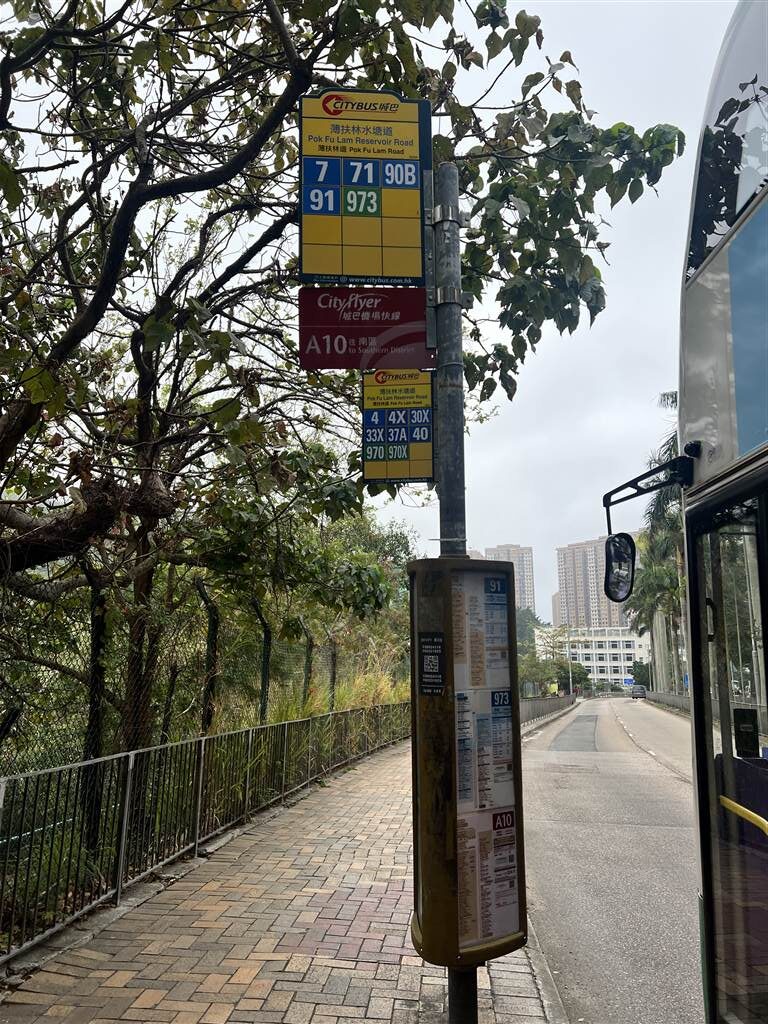
Sources
The Guided Tour of HKAPA on the Béthanie.
Descriptions on site at the HKAPA Béthanie campus.
Hong Kong Tourism Board on the Béthanie.
Emannuel Church – Pok Fu Lam, Hong Kong on the Béthanie Restoration.
The Wikipedia on Gothic Revival architecture.

